Till about two decades ago, the stereotypical image of India in the minds of westerners was that of snake charmers at every street corner, ancient ruins in thick jungles and huge elephants strutting about the countryside.
The stereotype may have been broken. But the link between India and its wild side very much remains. In order that we continue to maintain this close link with India’s vibrant Wildlife, it is essential to introduce our children to this world – challenge conditioned notions, question illogical fears and join them in seeing the world anew.
On that note, thrilled to present a guest post on my blog from Darshini Desigan at Friends of Snakes, a non-profit dedicated to the protection and public education about snakes. Darshini writes from her heart to the parent, urging them to take some time to share with children, her love and fascination for this interesting reptile.
So, over to Darshini…
——————————
Children are naturally inquisitive and unprejudiced beings.
As they grow up, they gradually develop ideas, which while normalizing the big strange world to them, also diminishes their understanding of its limitless possibilities.
While some notions are backed by concrete facts and logic, others are often baseless.
‘Fear’ is one such constitutional element of a person’s psyche, which while being an evolutionary tenet in ensuring safety, can in exceeding proportions, limit an individual from taking control of their surroundings.
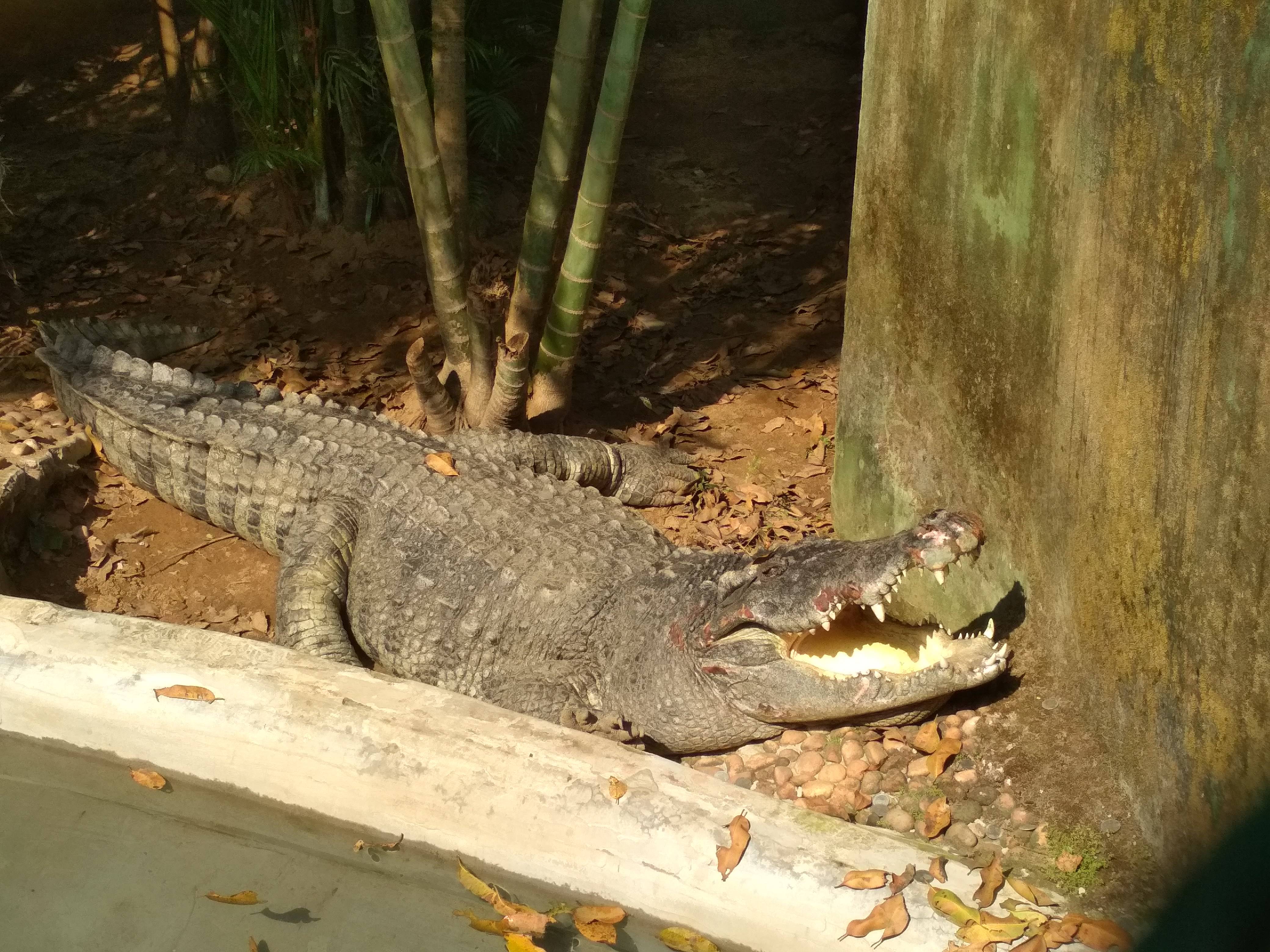
This fear may then branch into irrational beliefs and hatred.
It is therefore essential to nip stunting thorns from the bud at the earliest, so it can bloom to its fullest potential. Congratulations dear reader, for your reading this article means that you are already on the road to alleviating unwarranted inhibitions from your young ones’ mind, so they can harmoniously co-exist in their environment.
In a land where nature worship perhaps took its first root and has since propagated, reptiles, specifically snakes, have been time and again painted as beings to be revered, feared, and even hated.

Consequently, there are very widely circulated myths about snakes in our country, especially in rural India, with entire volumes of superstitions dedicated to the Spectacled Cobra specie alone.
For instance, some common myths include the Spectacled Cobra species’ possessing shape-shifting abilities, Red Sand Boas being 2-headed and good-luck charms etc. Such skewed beliefs are very unfortunate for its subjects, as it exposes them to some very inhumane practices and the risk of being smuggled.
Further literary expressions and our filmdom have reinforced these underlying misgivings about snakes as being vengeful, mystical, and treacherous characters, portraying an image, far from the truth.

This article is dedicated to the sole purpose of enabling your efforts of introducing your budding champ to the untainted world of reptiles, with special emphasis on snakes.
We have also shared names of some reputed organizations actively working in the field of reptile conservation, so you can learn further from the experts themselves. Please feel free to get in touch with any of these organizations to expand your experience horizon.

So with no further ado dear reader, gear up and set off on this great journey of being introduced to snakes – beautiful reptiles (Yes, you read that right!) which never cease to amaze and fascinate.
To start with, why do we need to conserve snakes?
Snakes have a major say in keeping the rodent population at bay.
Their flexible bodies equip them to navigate through crevices seamlessly and corner their prey, like no other parallel predator.
In doing so, they save our governments from heavy losses incurred from rodents menacing on harvested grains – For this reason, snakes are also called ‘The farmer’s friends.’
Moreover, snakes are an integral part of the food chain and eliminating them would cause a major tipping of the ecological balance. The foundations of the food pyramid (of which snakes constitute a critical part) shaken, it is only a matter of time before humans (who are from among the top rungs) are also hard-hit.
Aren’t Snakes dangerous?
Almost instantaneously to come to mind upon hearing the word ‘Snake’ is the word ‘Poison.’
However, except a very minor section of the species, the correct word for describing snakes which are potential threats is ‘Venomous’ and not ‘Poisonous!’
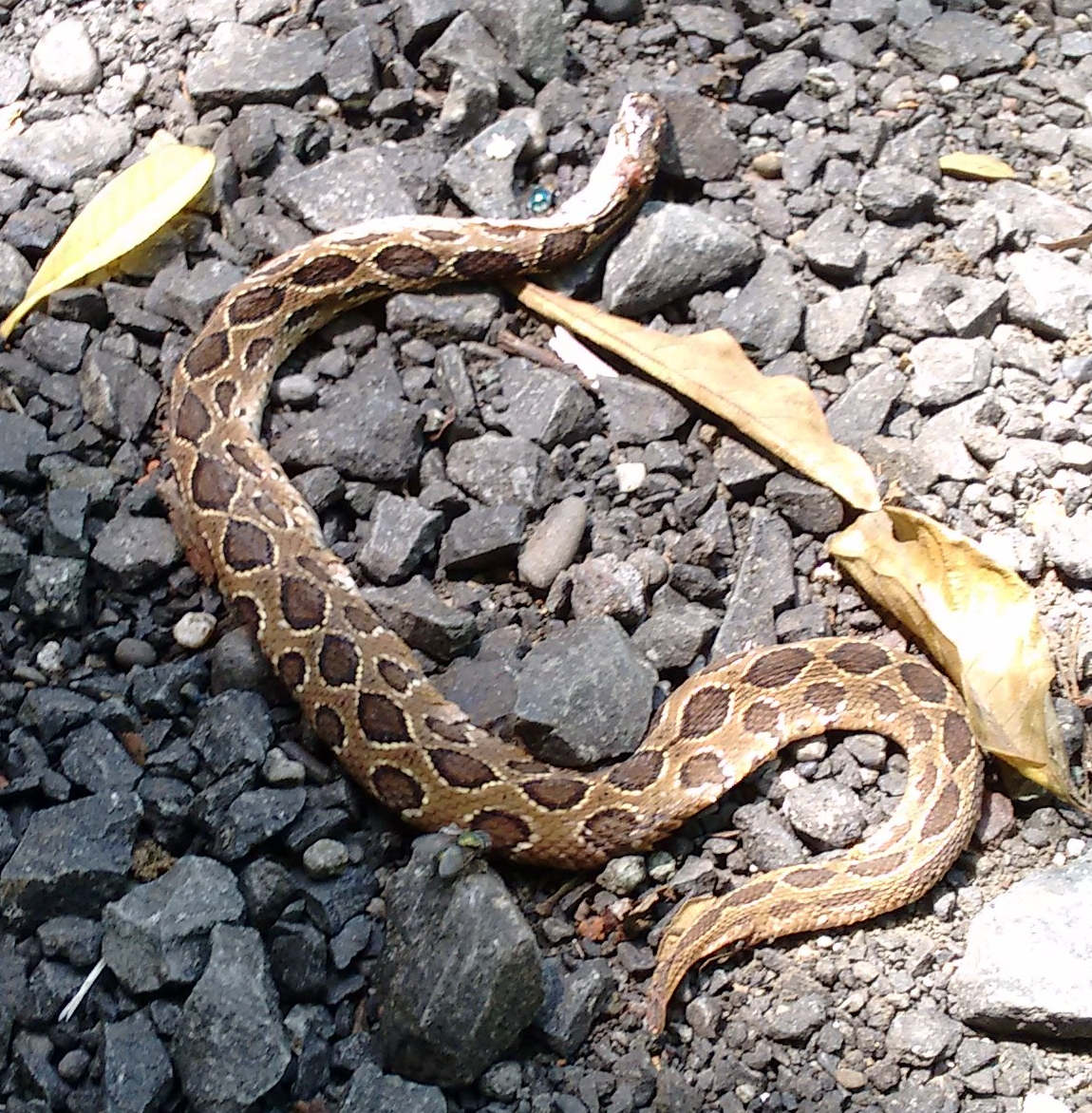
Venom is modified saliva which is injected into the bloodstream of a prey through ‘fangs’ or specialised teeth, when the snake bites it.
The nature of this venom is proteinaceous and it serves two major functions:
- Incapacitating the prey to slow down its movement, and
- Breaking down complex animal cells, thereby aiding in easy ingestion and digestion of the prey.
Nature has endowed snakes with different capabilities – Such as possessing venom, being fast moving, ability to glide, camouflage, mimic, and so on, to ensure their successful adaptation.
It is to be noted here that the capacity to produce venom is just one among several other adapting mechanisms, and so, only a relatively small population – approximately 22% of the snake species, are venomous enough to prove fatal to humans.
The remaining 78 % or so are mildly or non-venomous, thereby causing negligible or no harm to us.
That said, contrary to some hear-says, there is no hard and fast rule to distinguish a venomous snake from its non-venomous counterparts, more so by an untrained eye, and in the wild.
So the strongly recommended course of action upon encountering an unknown snake is to practice the adage ‘Better safe than sorry’- Always treat it as a venomous one, rather than taking any chances when it comes to personal safety.
How can I help my children learn more about Snakes?
A nice warm-up exercise is to get an informational book on snakes with corresponding visuals and useful facts, such as the field guide ‘Snakes of India.’

Further, you can introduce them to educational T.V. channels such as Nat Geo or get them to watch documentaries on snakes like ‘One Million Snake Bites’.
A good follow up to this initiation would be a visit to the local zoo or a sanctuary.
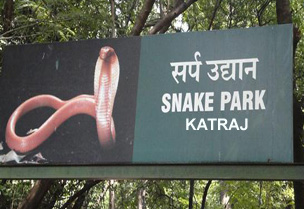
Here is a list of some societies and organizations where you can get your children to learn more about Indian Snakes.
- The Friends of Snakes Society (FOSS) – Hyderabad,
- Wildlife SOS – Delhi,
- ‘SAARP’ – Mumbai,
- Madras Crocodile Bank (MCB) – Chennai
These are some outstanding baptism centres in getting to learn about snakes and other reptiles. Circumstances permitting, observing backyard wild life is conducive towards developing nature love and fostering a lifelong passion for wild life.
If planning an expedition in the wild, it’s best to equip oneself with prior information on the commonly found snakes and other wildlife of that particular state, either by reaching out to the concerned Forest Department officials, surfing on the net, or engaging the expertise of a local guide.
What are the commonly found snakes in India?
The commonly found snakes across India are the Rat snakes – Non-venomous, fast moving, and long growing species (7-8 feet) ranging from olive black to yellowish grey in colour with shiny scales.
Spectacled Cobras which are venomous snakes with a uniformly ashy tinged to wheat-brown coloration, known for their magnificent trademark hood upon sensing a threat; and the Russell’s Viper – Venomous and stout bodied snakes, growing up to 5-6 feet and having 3 rows of dark symmetrical patches on their dorsal body.
The probability of encountering these snakes is however subject to various other factors such as the season, habitat, time of the day, and so on.
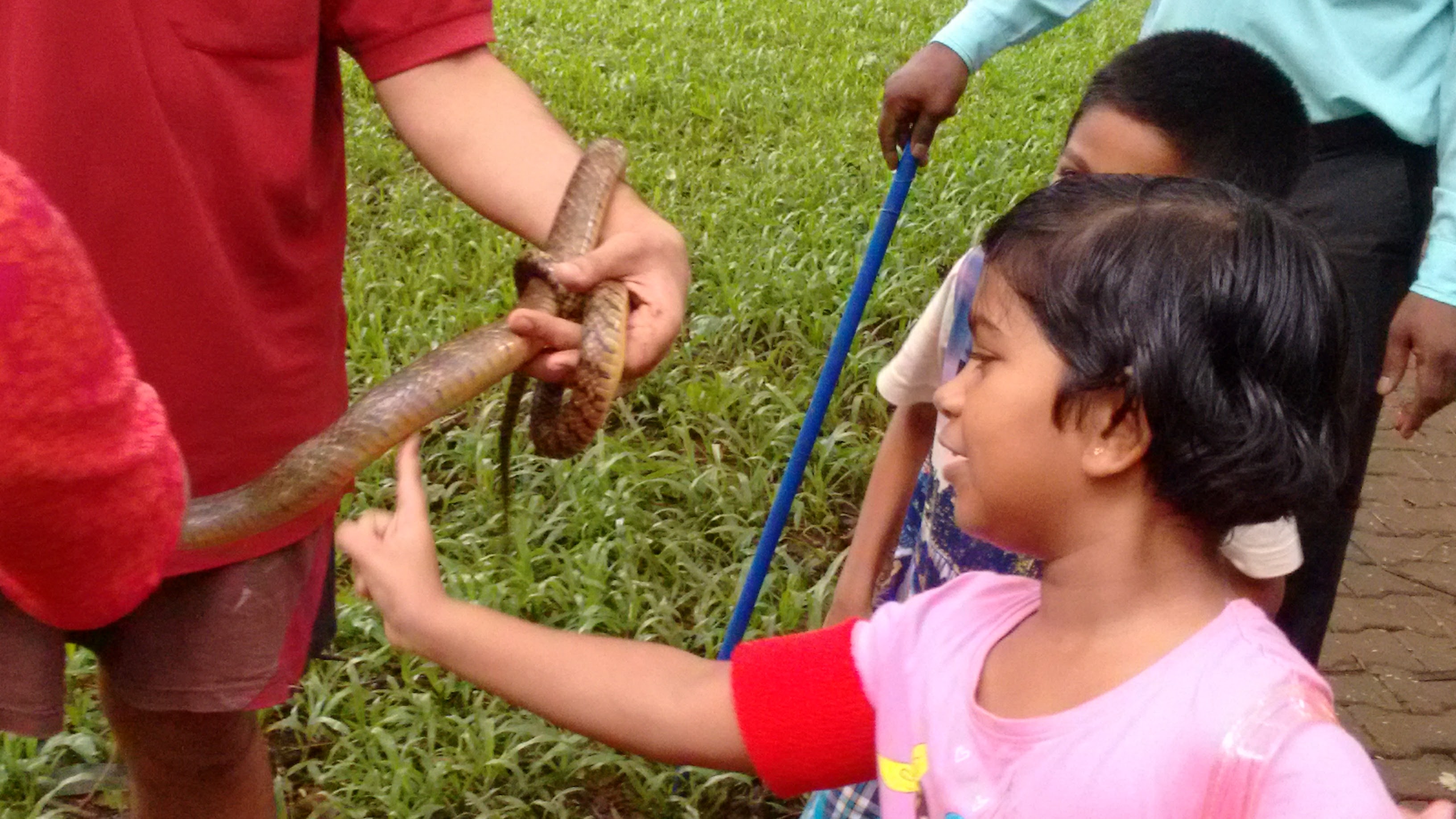
What safety measures does one need to take in the jungle?
While camping in jungles or nearby terrains, please take measures to keep your premise clean by not littering and effectively disposing off with any leftover food. Such practices will ensure that your camping premise does not attract any rodents, thereby arresting the chances of a chancing snake coming to investigate any prospective grounds for a meal.
If possible, chose your camping site at a relatively elevated platform, preferably with no interconnecting branches or shrubs from the surrounding low lying land.
Smooth sentry walls spanning about 6 feet in height will further keep any uninvited guests from scaling within.
At night, it is advisable to stay indoors and take a torch if venturing out.
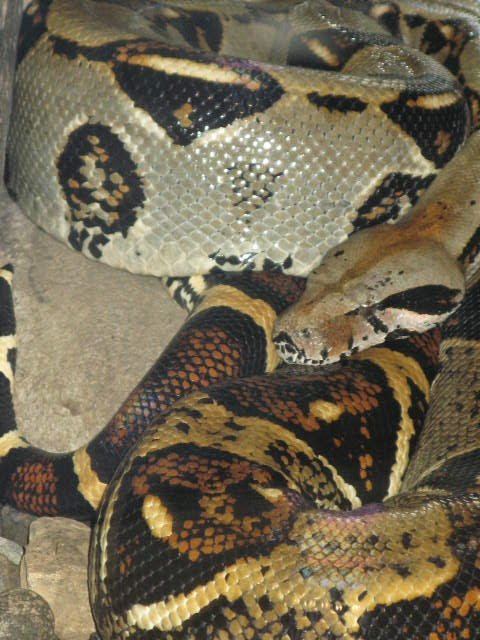
Snakes are wary beings and shy away from human interference.
In the absence of an external ear, they can detect vibrations from the ground which is generated whenever there is some kind of movement around.
While trekking in dense jungles, a wise practice would be to wear boots or other thick soled footwear and maintain a deliberate gait in order to give any under-lying inhabitants enough time to slither away to avoid to the maximum possible extent, all mutually jolting encounters.
In the event of siting a snake despite all, keep your calm, avoid all excited movements, and maintain a respectful distance.
Higher chances are that the snake is more petrified and looking to get away faster than you!
Avoid straying too far, so it’s easier to seek help should there be any mishap.
In the event of a snake bite, do not panic or go after the snake. Instead, be prepared for the worst case scenario and always have the nearest medic’s contact details handy.
To understand the understood is mediocre, and to understand the un-understood, genius. But to understand the mis-understood is the mark of true greatness, for this is from where empathy – the essence of all goodness, springs. Kudos for being instrumental in shaping an empathetic heart and an ingenious mind which will one day rewrite hissssstory!
——-
Darshini Desigan works with the Friends of Snakes Society, which is an Indian non-profit organization working for the conservation of snakes. With the help of Andhra Pradesh Forest Department, the Friends of Snakes Society has been rescuing snakes from urban areas and rehabilitating them in reserve forest areas and attempting to generate a system of alternate, natural pest control using non venomous snakes in farming. The organization also conducts awareness programs to spread awareness about these gravely misunderstood creatures, eradicating age old myths and misconceptions about them through live demonstrations. You can find out more about their work at http://friendsofsnakes.org.in/
SEEN THESE KIND OF SNAKE STONES BELOW TREES IN VILLAGES? WANT TO EXPLAIN TO YOUR CHILD WHAT THEY MEAN? FIND OUT MORE IN PART II OF THIS STORY.
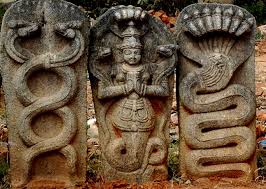

Lore Whiteman
March 5, 2019 - 6:31 pm ·I genuinely enjoy looking at on this site, it contains excellent posts.
Mallika Ravikumar
March 18, 2019 - 2:35 pm ·Thanks so much for your appreciation.
Ramon Engels
March 19, 2019 - 12:27 pm ·You have noted very interesting details ! ps nice web site.
Mallika Ravikumar
March 24, 2019 - 6:51 am ·Thank you for writing in and for your kind words.